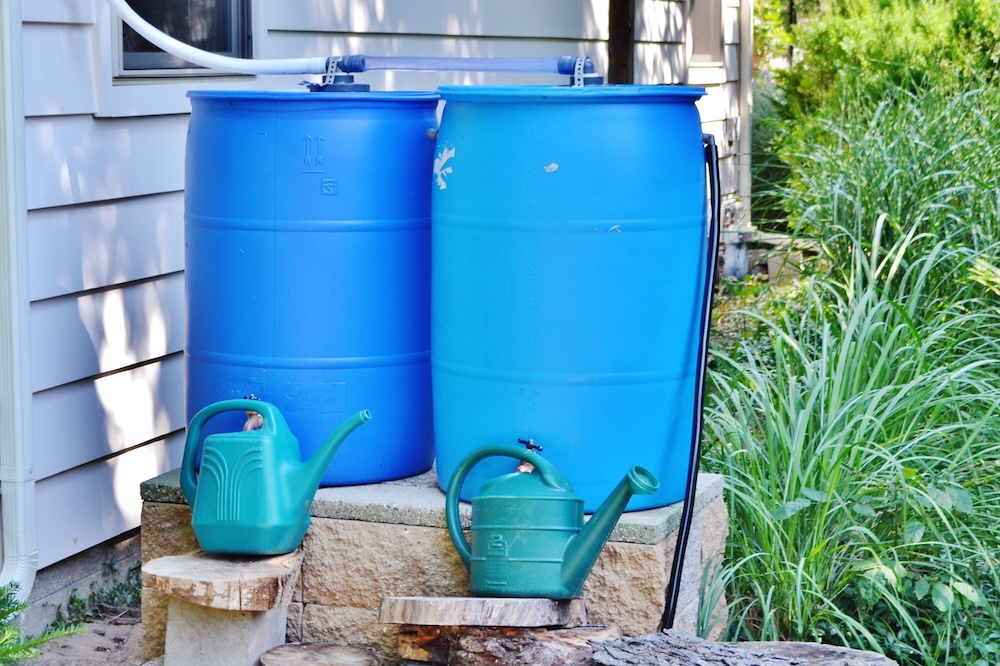In a crisis, water becomes the most essential—and often the most vulnerable—resource. Whether you’re facing a hurricane, grid outage, wildfire, or boil-water advisory, access to clean drinking water can mean the difference between security and survival.
This guide covers everything you need to know about emergency water preparedness, from how much to store and the best containers to use, to the top filtration and purification options available. With a few proactive steps, any household can be better prepared for the unexpected.
1. Why Emergency Water Preparedness Matters
Water interruptions are more common than many realize. Natural disasters, frozen pipes, water main breaks, and chemical spills can all disrupt access. Government guidelines recommend having enough water to last at least 3 days, but many preparedness experts suggest 2 weeks or more for added resilience.
In events like Hurricane Katrina, Texas’ 2021 power crisis, or contaminated tap supplies in Flint, Michigan, stored water was crucial to family survival.
2. How Much Water Should You Store?
General Rule:
- 1 gallon per person per day
- 0.5 gallon for drinking
- 0.5 gallon for hygiene and minimal cooking
For a family of 4, that’s 12 gallons for 3 days or 56 gallons for 2 weeks. Don’t forget water for:
- Pets
- Infants (formula, sterilization)
- Medical devices or conditions
3. Best Emergency Water Storage Containers
Short-Term Storage:
- 1–5 gallon jugs: Easy to rotate and carry
- Water bricks: Stackable, compact, modular
- Collapsible containers: Ideal for grab-and-go or space-limited homes
Long-Term Storage:
- 55-gallon drums: Reliable but bulky; requires siphon or pump
- 7-gallon rigid containers: Easier to transport, durable
- Basement cisterns: Ideal for homes with space and planning
Storage Tips:
- Use food-grade, BPA-free plastic
- Store in a cool, dark area
- Label containers with fill date
- Rotate every 6 to 12 months
4. Water Filtration vs. Water Purification
- Filtration: Removes sediment, particulates, and some bacteria/parasites
- Purification: Destroys or neutralizes bacteria, viruses, and other pathogens
Both are often required. For example, a filter might remove debris and protozoa, but a UV purifier or chlorine tablet may be needed to kill viruses.
5. Top Emergency Water Filtration Methods
Gravity Filters:
- Berkey, LifeStraw Family, Sawyer PointONE
- Passive, requires no electricity
Pump Filters:
- MSR Guardian, Katadyn Pocket
- Ideal for wilderness or river sources
UV Purifiers:
- SteriPEN, AquaUV
- Battery-operated; kills viruses and bacteria
Chemical Purifiers:
- Potable Aqua tablets, household bleach (unscented)
- Compact and inexpensive
Boiling:
- Boil for 1–3 minutes to kill most pathogens
- Best for small batches in indoor emergencies
6. Creating a Multi-Layered Water Safety Plan
The most effective preparedness strategies use multiple layers:
- Stored Water for immediate needs
- Filtration for questionable sources (rainwater, tap after boil advisories)
- Purification as a final step (especially for viral contamination)
Also consider:
- Pre-filtering dirty water with cloth or coffee filters
- Setting up a home water filtration station with stacked systems
- Placing filtration bottles or tablets in bug-out bags, cars, and emergency kits
7. DIY Water Storage Solutions
You don’t need expensive gear to start:
- Reuse 2-liter soda bottles (cleaned and sanitized)
- Use bathtub storage liners like WaterBOB for emergencies
- Install a rain barrel system to harvest water during storms
Note: Never use milk or juice jugs for long-term storage—they degrade and are hard to fully sanitize.
8. Smart Tech and Emergency Readiness
Consider upgrading your water setup with:
- Water leak detectors (to catch indoor pipe failures)
- Smart meters (track usage and refill needs)
- Solar-powered purification units (great for grid-down events)
9. Maintenance and Safety Tips
- Clean containers with a bleach solution (1 tsp bleach per quart of water) before refilling
- Use a food-grade hose to fill large tanks
- Keep all water storage off the ground to prevent mold or pests
- Maintain a rotation schedule or log for long-term planning
10. Who Needs Emergency Water Storage the Most?
- Families in hurricane, wildfire, or earthquake zones
- Homes with private wells (pumps fail during outages)
- Those caring for infants, elderly, or special-needs individuals
- Anyone who wants to be proactive instead of reactive
Final Thoughts
Emergency water storage and filtration isn’t just for survivalists—it’s for everyone. In an era of unpredictable weather and aging infrastructure, being prepared is both practical and empowering. Start small with a few gallons and some purification tablets, then build up to a system that matches your family’s needs.
Preparedness isn’t panic—it’s peace of mind.
FAQs
How long can water be stored before it goes bad?
Properly stored tap water can last 6–12 months. Commercial water can last longer. Rotate every year for safety.
Can I store water in milk jugs?
Not recommended. Milk proteins are hard to clean out, making them prone to bacterial growth.
What’s better: tablets or filters?
Filters remove more contaminants; tablets are great for killing microbes. Together, they offer full-spectrum safety.
Do I need to treat tap water for long-term storage?
If your tap water is chlorinated, it’s generally safe to store as-is. If unsure, add 1/8 tsp bleach per gallon before sealing.









Reader Interactions